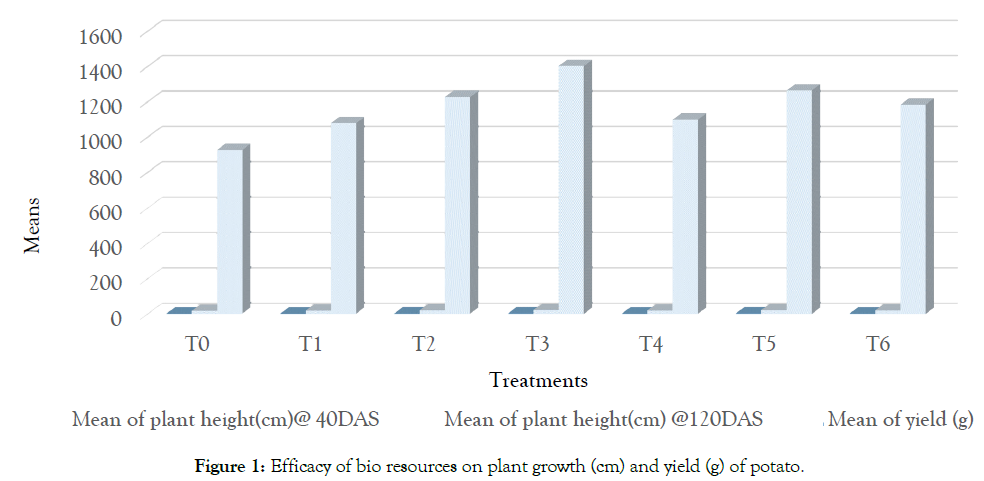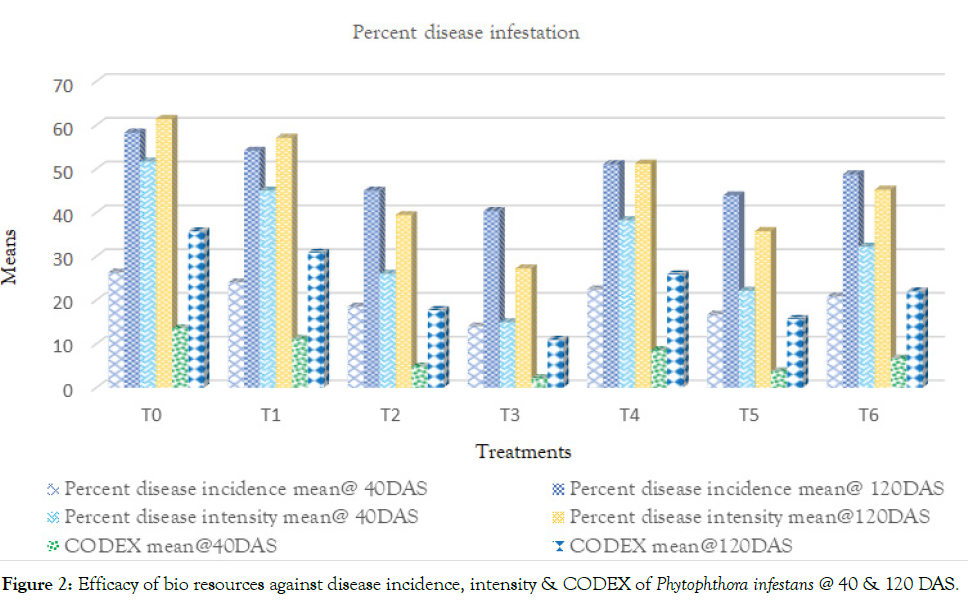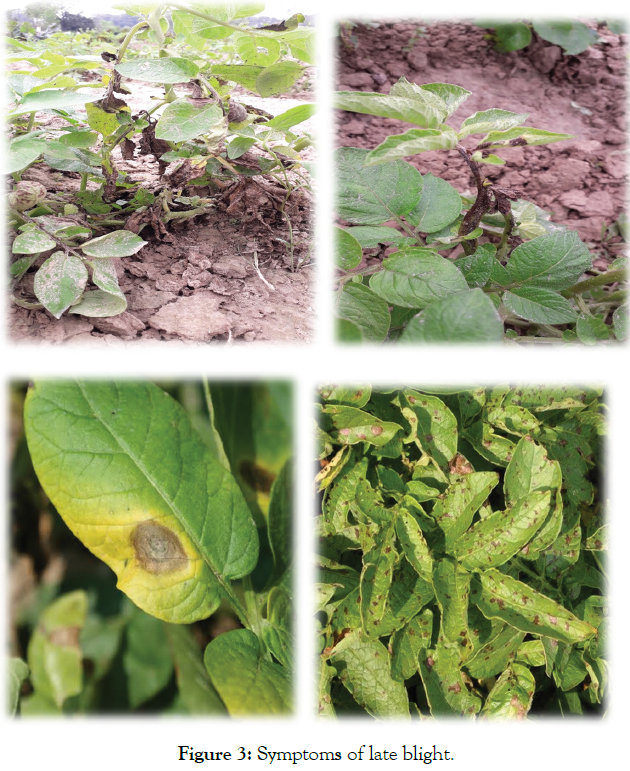PMC/PubMed Indexed Articles
Indexed In
- Open J Gate
- Genamics JournalSeek
- Academic Keys
- JournalTOCs
- CiteFactor
- Ulrich's Periodicals Directory
- Access to Global Online Research in Agriculture (AGORA)
- Electronic Journals Library
- Centre for Agriculture and Biosciences International (CABI)
- RefSeek
- Directory of Research Journal Indexing (DRJI)
- Hamdard University
- EBSCO A-Z
- OCLC- WorldCat
- Scholarsteer
- SWB online catalog
- Virtual Library of Biology (vifabio)
- Publons
- Geneva Foundation for Medical Education and Research
- Euro Pub
- Google Scholar
Useful Links
Share This Page
Journal Flyer

Open Access Journals
- Agri and Aquaculture
- Biochemistry
- Bioinformatics & Systems Biology
- Business & Management
- Chemistry
- Clinical Sciences
- Engineering
- Food & Nutrition
- General Science
- Genetics & Molecular Biology
- Immunology & Microbiology
- Medical Sciences
- Neuroscience & Psychology
- Nursing & Health Care
- Pharmaceutical Sciences
Research Article - (2021) Volume 12, Issue 10
In Vivo Evaluation of Bioresources Against Late Blight of Potato Caused by Phytophthora infestans, Plant Growth and Yield of Potato (Solanum tuberosum L.)
Bassi Santosh*, Kandhi Mounika and Sobita SimonReceived: 26-Jul-2021 Published: 30-Oct-2021, DOI: 10.35248/2157-7471.21.12.580
Abstract
Potato (Solanum tuberosum L.) is a solanaceous crop which have an importance as both food and cash crop for many poor people and is considered as food security in developing countries. Important fungal diseases, which affect potato crop are late blight, early blight, black scurf, dry rots, wart, powdery scab, charcoal rots etc., A detailed experiment was conducted to study the efficacy of bioresources against late blight of potato (P. infestans). Among all the treatments T3 (VC+SMC+NK) reduced disease incidence (%), disease intensity (%), CODEX (%) followed by T5 (SMC+VC), T2 (VC), T6 (MA), T4 (SMC), T1 (NK), T0 (Control). Similarly, among treatments T3 (VC+SMC+NK) maximised yield (gm) & plant height (cm) followed by T5 (SMC+VC), T2 (VC), T6 (MA), T4 (SMC), T1 (NK) and T0 (Control).
Keywords
Late blight; Solanaceous; Potato; Cash Crop; Phytophthora infestans; Disease incidence; Intensity; CODEX
Introduction
Potato (Solanum tuberosum L.) is one of the most important noncereal food crops and regarded as a staple food in many countries of the world. It ranks third in importance as a food crop, following wheat and rice belonging to the family Solanaceae. It is originated in the regions of Peru and Bolivia of Andreas high land of South America [1]. It is an important food and cash crop for many poor people and is often considered an important mechanism for poverty alleviation and food security in developing countries [2].
In India, the major potato growing states are Uttar Pradesh (14430.28 MT), West Bengal (11591 MT), Bihar (6640.60 MT), Gujarat (2499 MT), and Madhya Pradesh (2299 MT). Potato is grown over 20.45 lakh hectares with an annual production of 480.86 lakh tons and having productivity of 23.07 tons per hectare (National Horticultural Research and Development Foundation Nasik, 2016). Its tubers are rich in starch, vitamin B, C and mineral salts, glycoalcaloides, alphasolanine and alphachaconine (FAO, 2010).
Major fungal diseases, which affect potato crop are late blight, early blight, black scurf, dry rots, wart, powdery scab and charcoal rots. Potato crop can be affected by approximately 160 diseases and disorders of which 50 are caused by fungi, 10 by bacteria, 40 by viruses and others by non-parasitic, or due to unknown causes.
Diseases may affect potato at any stage of crop growth or even during storage. They may affect foliage, tubers or both [3].
Late blight is the most devastating disease worldwide of both tomato and potato [4]. Annual crop losses from late blight are estimated at over five billion USD [5]. This pathogen infects multiple plant species in the Solanaceae, including potato and tomato. In the mid-19th century, P. infestans devastated the potato crop and caused the Irish famine [6]. It is the best-known, highly studied and most destructive disease of all potato-producing countries. The estimated annual loss due to late blight is more than $5 billion; hence it is considered as threat for global food security [7]. The decrease in yields is principally due to fungal and bacterial diseases, especially late blight caused by Phytophthora infestans (Mont.) de Bary and bacterial wilt caused by Ralstonia solanacearum [8].
In horticulture, the application of compost to soil improves soil structure and plant root growth and results in an overall increase in yield of several crops, such as tomato [9]. Furthermore, compost provides essential plant nutrients such as nitrogen, phosphorus, and calcium and thereby reduces the need for synthetic fertilizers [10]. Composts can be made of raw feedstocks such as yard trimmings, food waste, manure, tree leaves/bark and worm castings. The antagonistic and biological effect of compost for disease suppression is quite well-known.
Late blight appears first as water- soaked irregular pale green lesions mostly near tip and margins of leaves. These lesions rapidly grow into large brown to purplish black necrotic spots. During morning hours, a white mildew, which consists of sporangia and spores of the pathogen, can be seen on lower surface of infected leaves especially around the edges of the necrotic lesions. It is caused by Phytophthora infestans (Mont.) de Bary. It belongs to order Peronosporales of class Oomycetes. The fungus is characterized by lemon shaped detachable, papillate sporangia produced on sympodially branched sporangiophores of indeterminate growth. The sporangiophores exhibit a characterized swelling at junction where sporangia are attached with the sporangiophores.
Materials and Methods
The present study was carried out at Central Research Field, Sam Higginbottom University of Agriculture, Technology and Sciences (SHUATS), Naini, Prayagraj during 2019-20, to study the efficacy of bioresources against plant growth and late blight of potato caused by Phytophthora infestans. Potato seed tubers were planted in plot of 2 m x 2 m size. Experimental plots were treated with bioresources at different days of interval. The experiment was laid out in Randomized Block Design (RBD) with 3 replications and 7 treatments as presented Table 1.
| Treatment Code | Treatment Details |
|---|---|
| T0 | Control (untreated) |
| T1 | Neem cake @ 250 kg/ha soil application at 0, 40 & 80 DAS |
| T2 | Vermicomposting @10 t/ha soil application at 0, 40 & 80 DAS |
| T3 | SMC+VC+NK @ (1:1:1) soil application at 0, 40 & 80 DAS |
| T4 | Spent Mushroom Compost @ 10 t/ha soil application at 0, 40 & 80 DAS |
| T5 | SMC+Vermicomposting @ 10 t/ha soil application at 0, 40 & 80 DAS |
| T6 | Microalgae 7 kg/ha (liquid formulation) soil application at 0, 40 & 80 DAS |
Table 1: Treatment details.
Observations on efficacy of bioresources against plant growth and late blight of potato disease incidence, intensity and codex was recorded at 40,80 & 120 DAS (Figures 1 and 2). Yield data was recorded after final harvest of potato crop. All the observed infected leaves were individually scored on 0-9 scale [11] presented in Table 2. The data collected were subjected to statistical analysis and the differences exhibited by the treatments were tested for their significance [12].

Figure 1: Efficacy of bio resources on plant growth (cm) and yield (g) of potato.

Figure 2: Efficacy of bio resources against disease incidence, intensity & CODEX of Phytophthora infestans @ 40 & 120 DAS.
| Ratings | Description |
|---|---|
| 0 | No symptoms |
| 1 | Spots covering less than 1% leaf area |
| 3 | Spots covering 1-10% leaf area |
| 5 | Spots covering 11-25% leaf area |
| 7 | Spots covering 26-50% leaf area |
| 9 | Spots covering more than 51% leaf area |
Table 2: Scale given by Mayee and Datar.
The percent disease index was calculated by using formula [13].
Percent disease incidence:
The incidence was calculated according to the formula

Percent disease index:
Percent disease index was calculated by the formula

Coefficient of disease index (CODEX):
CODEX was calculated by the formula

Results and Discussion
Results based on field experiment, the effect of bioresources on Plant growth significantly increases as compared to control. As shown in Table 3, plant height (cm) significantly increased from untreated control T0 (24.06 cm). Maximum plant height (cm) was observed in treatment T3 (VC+SMC+NK -28.10 cm) followed by T5 (SMC+VC -27.50 cm), T2 (VC -26.80 cm), T6 (MA -25.84 cm), T4 (SMC – 25.36 cm) and T1 (NK – 25.00 cm), while yield of potato significantly increased from untreated control T0 (930 g). Maximum yield was observed in T3 ((VC+SMC+NK–1406.6 g) followed by T5 (SMC+VC -1266.6 g), T2 (VC–1230 g), T6 (MA -1186.6 g), T4 (SMC-1101.6 g) and T1 (NK-1081.6 g).
| Treatment | Mean of Plant Height (cm) @ | Mean of Yield (g/4m2) @ | |
|---|---|---|---|
| 40 DAS | 120 DAS | ||
| T0 | 7.32 | 24.06 | 930.00 |
| T1 | 7.50 | 25.00 | 1,081.66 |
| T2 | 8.02 | 26.80 | 1,230.00 |
| T3 | 8.42 | 28.10 | 1,406.66 |
| T4 | 7.71 | 25.36 | 1,101.66 |
| T5 | 8.34 | 27.50 | 1,266.66 |
| T6 | 7.91 | 25.84 | 1,186.66 |
| C.D. | 0.17 | 0.42 | 201.48 |
| SE (m) | 0.05 | 0.13 | 64.67 |
| SE (d) | 0.07 | 0.19 | 91.45 |
Table 3: Effect of bio resources against plant height (cm) & yield (g) of potato @ 40 & 120 DAS (Days after sowing).
As shown in Table 4, Percent of disease incidence, Intensity and CODEX of potato increased significantly from T3 (VC+SMC+NK) followed by T5 (SMC+VC), T2(VC), T6 (MA), T4 (SMC), T1 (NK) and T0 (untreated control). The results of the treatments significantly differed among themselves as compared to control (Figure 3).
| Treatment | Percent Disease Incidence Mean@ | Percent Disease Intensity Mean@ | CODEX Mean@ | |||
|---|---|---|---|---|---|---|
| 40 DAS | 120 DAS | 40 DAS | 120 DAS | 40 DAS | 120 DAS | |
| T0 | 26.30 | 58.23 | 51.60 | 61.40 | 13.50 | 35.70 |
| T1 | 24.00 | 54.14 | 45.00 | 57.09 | 11.03 | 30.88 |
| T2 | 18.50 | 45.00 | 26.00 | 39.43 | 4.78 | 17.69 |
| T3 | 13.98 | 40.36 | 14.90 | 27.23 | 2.07 | 10.94 |
| T4 | 22.43 | 51.03 | 38.23 | 51.20 | 8.51 | 25.92 |
| T5 | 16.65 | 43.94 | 22.10 | 35.73 | 3.68 | 15.68 |
| T6 | 20.80 | 48.71 | 32.16 | 45.23 | 6.63 | 21.96 |
| C.D. | 0.98 | 2.02 | 3.92 | 4.15 | 1.00 | 2.54 |
| SE(m) | 0.31 | 0.65 | 1.25 | 1.33 | 0.32 | 0.81 |
| SE(d) | 0.44 | 0.92 | 1.78 | 1.88 | 0.45 | 1.15 |
Table 4: Effect of bio resources against late blight of potato disease incidence, intensity & codex of potato @ 40 & 120 DAS (Days after sowing).

Figure 3: Symptoms of late blight.
Conclusion
The present experimental study on effect of bioresources on late blight of potato clearly indicates that T3 (VC+SMC+NK) shows minimum disease incidence (40.36%), disease intensity (27.23%) & CODEX (10.94%), with highest yield (1406.6 g/4m2), plant height (28.1 cm). So, recommendation of bioresources can be economical, long lasting and also free from harmful residual side effects which don’t change the properties of soil but instead improves soil properties.
REFERENCES
- Sumit K, Biswas SK, Prakesh HG. Integrated disease management approaches for control of late blight of potato and enhancing the growth of potato, J Biol Control. 2018;329(4):264-269.
- Eric MR, Alex MK, Lenah NW, Daniel OO. Effects of fertilizer and fungicide application rates on the incidence and severity of late blight (Phytophthora infestans) on Irish potatoes (Solanum tuberosum L). World J Agric Res. 2017;5(3):169-176.
- Arora, RK, Khurana SMP. Major fungal and bacterial diseases of potato and their management. Fruit and Vegetable Diseases. 2004;189-231.
- Agrios GN. Plant pathology (5th edn). Academic Press, San Diego. 2005.
- Judelson HS, Blanco FA. The spores of Phytophthora: Weapons of the plant destroyer. Nat Rev Microbiol. 2005;3(1):47–58.
- Bahramisharif A, Laura E.R. Efficacy of biological agents and compost on growth and resistance of tomatoes to late blight. Planta. 2019;249(3):799–813.
- Umesh G, Kajal T, Neha S, Sarvjeet K. Recent approaches for late blight disease management of potato caused by Phytophthora infestans. Fungi and their Role in Sustainable Development. 2018;311-325.
- Joseph FD, David E, Julienne N, Tita NC, Dominic AF. Effect of organic amendments and fungicide application on potato late blight, bacterial wilt and yield in Cameroon. Int J Agron Agric Res (IJAAR). 2014;5(4):12-19.
- Gutierrez-Miceli FA, Santiago-Borraz J, Molina JAM, Nafate CC, Abud-Archila M, Llaven MAO, et al. Vermicompost as a soil supplement to improve growth, yield and fruit quality of tomato (Lycopersicum esculentum). Bioresour Technol. 2007;98(15):2781–2786.
- Lewis JA, Lumsden RD, Millner PD, Keinath AP. Suppression of damping-off of peas and cotton in the field with composted sewage-sludge. Crop Prot. 1992:260–266.
- Mayee CD, Datar VV. Phytopathometry Tech. 1986;94.
- Gomez KA, Gomez AA. Statistical procedures for agricultural research (2nd edn). 1986;680.
- Wheeler BEZ. An introduction to plant disease and fungi. Phytopath. 1969;837-845.
Citation: Santosh B, Mounika K, Simon S (2021) In Vivo Evaluation of Bioresources Against Late Blight of Potato Caused by Phytophthora infestans, Plant Growth and Yield of Potato (Solanum tuberosum L.). J Plant Pathol Microbiol 12:580.
Copyright: © 2021 Santosh B, et al. This is an open-access article distributed under the terms of the Creative Commons Attribution License, which permits unrestricted use, distribution, and reproduction in any medium, provided the original author and source are credited.

